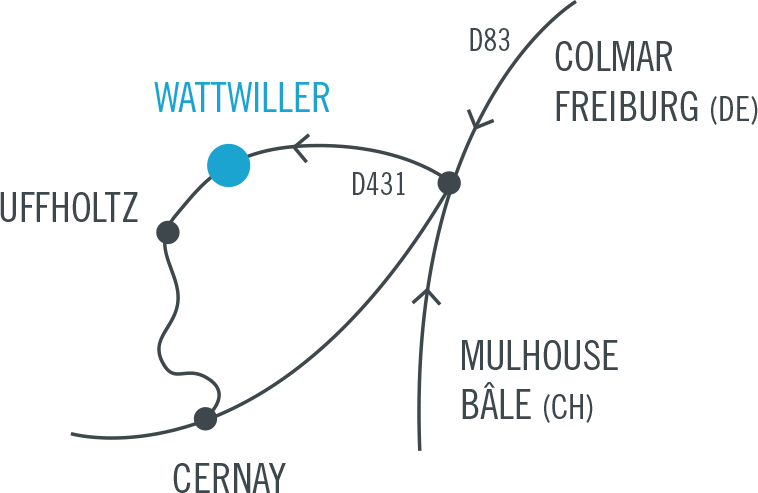After a long passage through the city, allowing, among other things, to experiment with projections in fridges or on facades, and to try out a practice that would become one of his main writings, Olivier Crouzel got closer to nature to film, photograph or diffuse it on buildings, old or contemporary.
Originally from the Dordogne, having lived near a river, the ecological awareness of the artist seems to have always been there, without giving in to the impulses of certain fashions and to be gently but surely engaged in his approach. From rocky caves to peri-urban refuges, Olivier Crouzel wonders how man behaves with nature?
His work is prolific, one can see by looking at his web page, an indispensable communication tool of our time (!), which he produces in an almost compulsive way. From the obsession to project through his travels – he has stopped walking around with his little magician’s outfit suddenly revealing a corner of architecture with faces, branches, trajectories… – to that of capturing images, mainly of beings and water, there is one project in particular that seems to constantly remind us of this for six years now: The Signal.
Appreciating the multiple collaborations – with geographers, scientists, writers… – it is in the company of an author (Sophie Poirier) that in 2014 he will visit for the first time this ocean-side building in Soulac-sur-Mer, built in 1967.
A large white bar, four storeys high, about forty flats, where lots of people lived, on a daily basis, on holiday… These people were able to see, admire, look at the sea and had bought or rented these flats for the breathtaking view and the somewhat naive romanticism it arouses. Olivier Crouzel fell in love with this place at first sight. This encounter is declined in a multitude of works, (video intervention, projection on the building, video installation, digital photographs, film, video, text reading etc.) and in particular a large installation presented here: 18 rideaux (curtains).
Eighteen windows with slatted blinds running from top to bottom, from left to right, in abandoned flats, tell us what remains of the life of these middle-class inhabitants who were forced to leave, following a prefectoral order and the inevitable rise of the water. It is the story of a building, a view, an era…
At Olivier Crouzel the work is mainly done in situ, like open-air residences with a particular attention to society. He is not a documentary filmmaker or activist but simply an artist with his poetry and cutting language.
